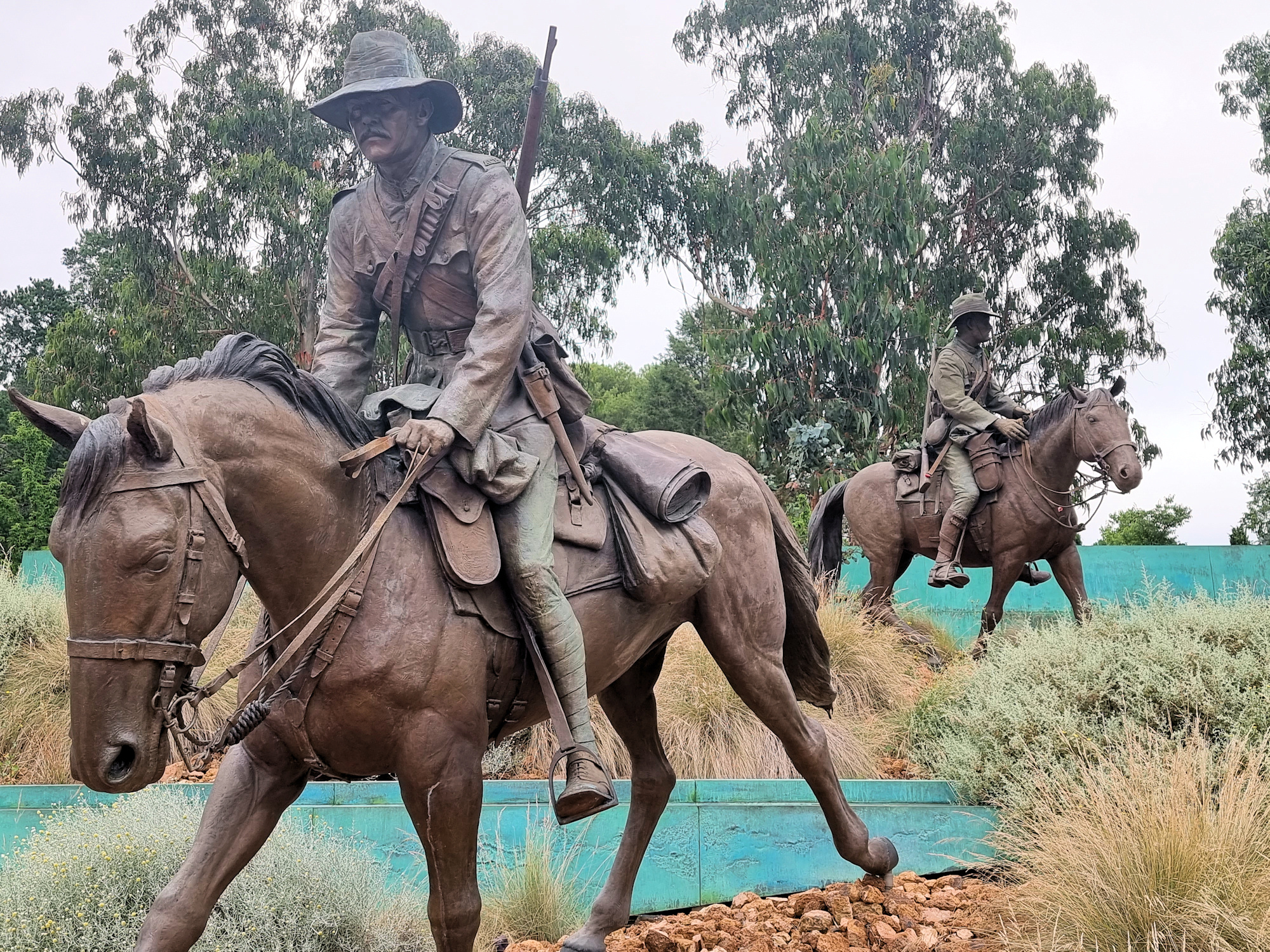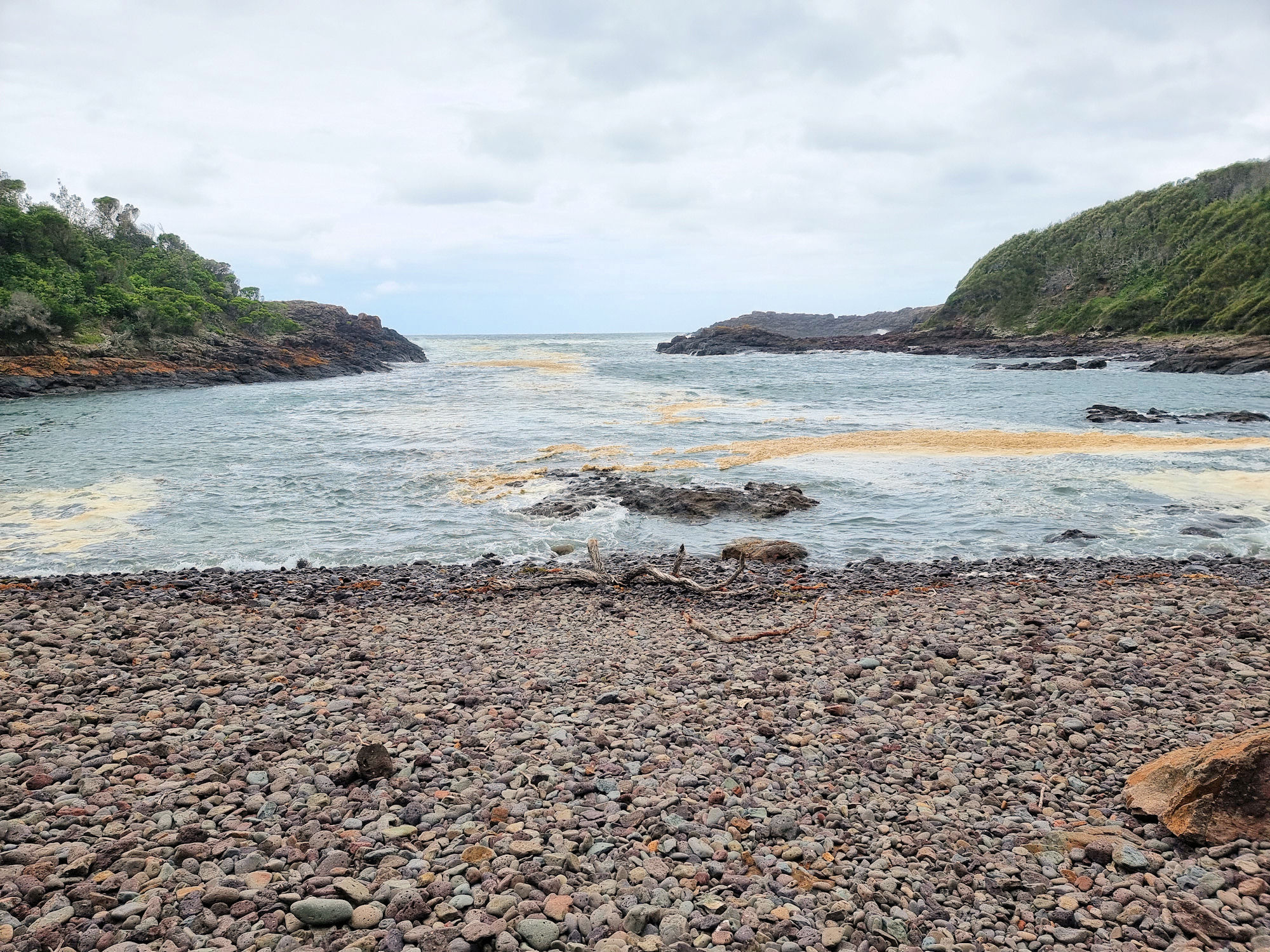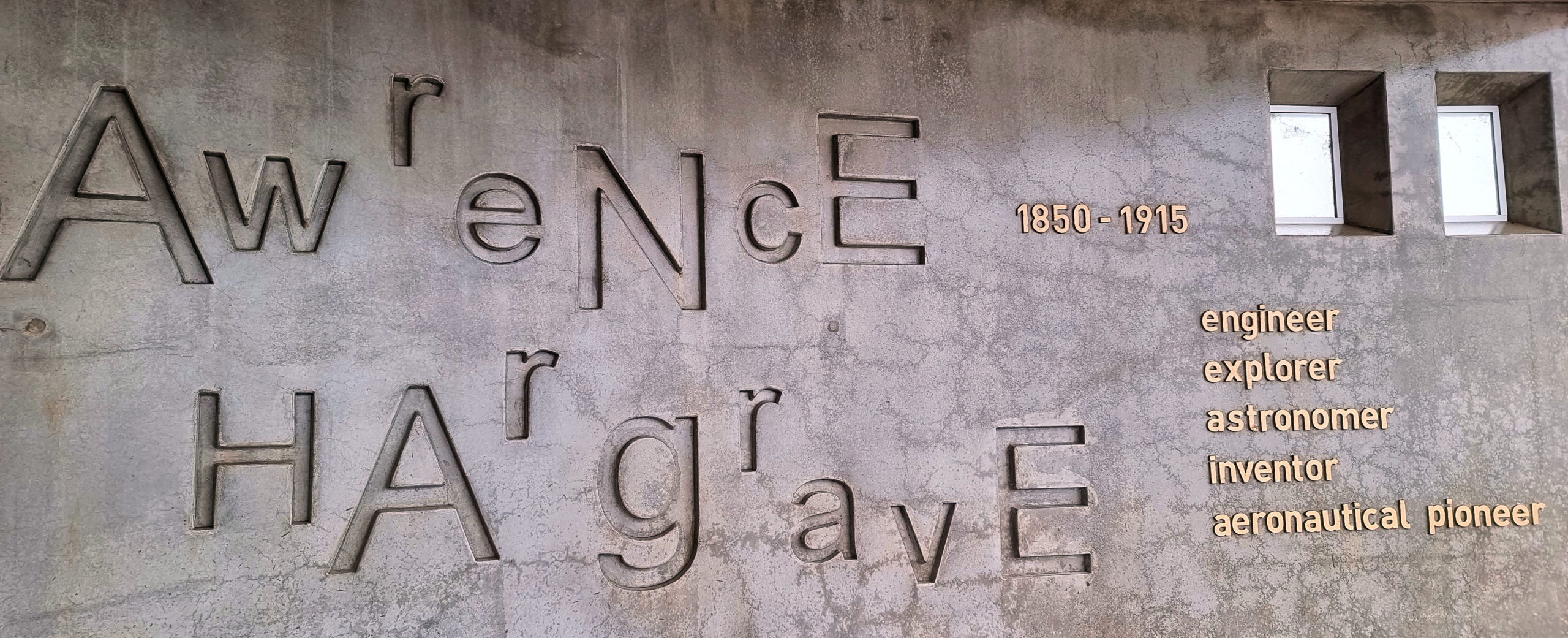Tag: Memorial
-
ANZAC Parade Memorials Canberra

ANZAC Parade Memorials Canberra Leading up to the Australian War Memorial, ANZAC Parade in Canberra contains memorials honouring those who served in Australia’s armed services. The best way to see all of the monuments is to walk the length of the Parade. We parked in the Constitution Avenue car park, so that we could walk… Read more
-
Bass Point Reserve

Bass Point Reserve A place of significant cultural value, Bass Point Reserve is Heritage Listed, due to extensive Aboriginal and Colonial use of the area. Archaeological evidence indicates that the Elouera people lived here at least 20,000 years ago. Colonial settlers arrived 1803, although European explorers had passed through before this. Settled by cedar cutters and… Read more
-
Lawrence Hargrave Memorial

Lawrence Hargrave Memorial Located at Bald Hill is a memorial to British-born Australian engineer, explorer, astronomer, inventor and aeronautical pioneer Lawrence Hargrave. Associated with Hargrave’s first attempt to fly, Bald Hill is the perfect place to remember his achievements, as well as providing fantastic views. On November 12, 1894, Hargrave linked four of his box-kites… Read more